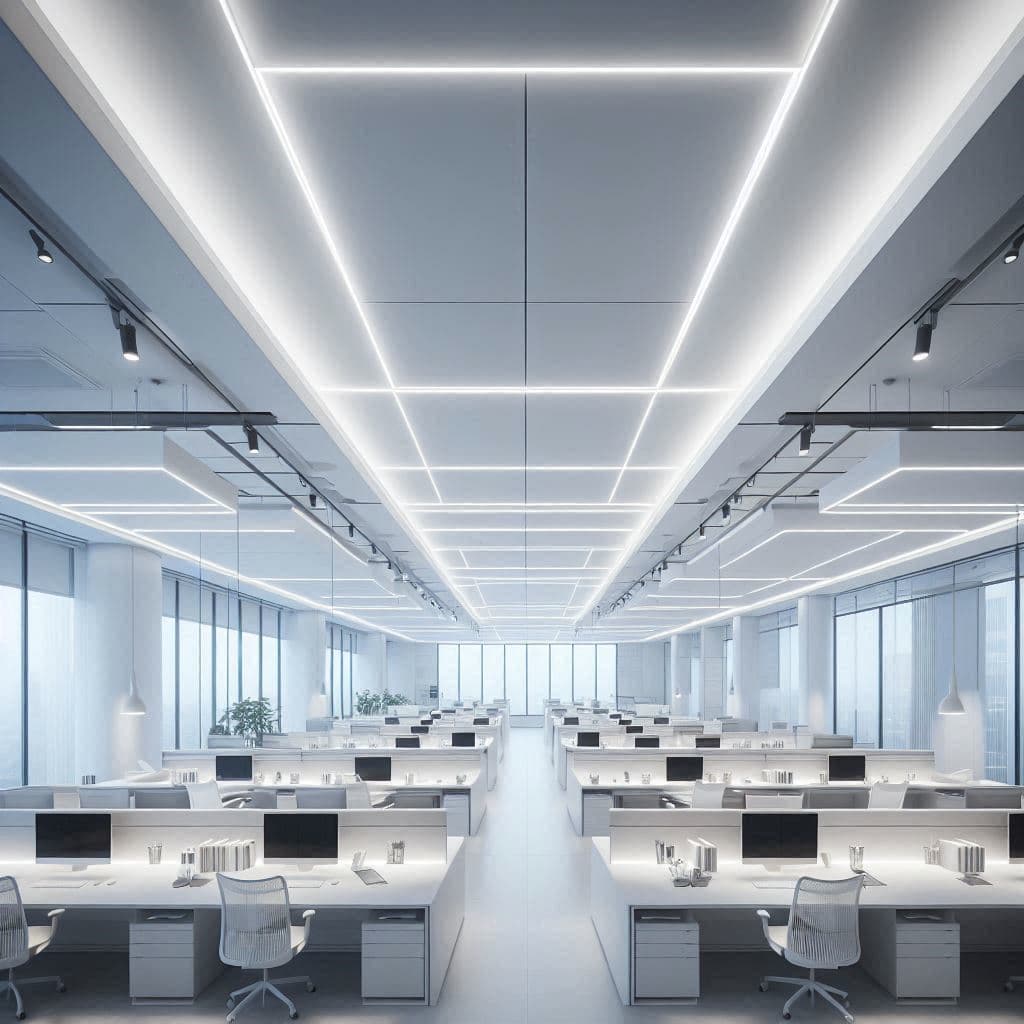数字化互动墙怎样激发写字楼办公员工的参与积极性
更新日期:
在现代办公环境中,数字化互动墙作为一种新兴技术工具,正逐渐成为提升员工参与度的有效手段。它通过视觉、听觉和触觉的多感官体验,将传统静态信息展示转变为动态交互平台,从而吸引员工的注意力并激发其主动参与。
数字化互动墙的核心优势在于其能够实时展示与员工相关的信息,例如公司公告、项目进度或团队成就。这种即时反馈机制不仅增强了信息的透明度,还让员工感受到自身贡献被认可,从而提升归属感和积极性。
此外,互动墙的设计往往融入游戏化元素,例如积分系统、排行榜或挑战任务。员工可以通过参与互动获得奖励或 recognition,这种机制巧妙地利用了人类天生的竞争心理和成就感需求,促使更多人主动加入。
从心理学角度来看,数字化互动墙满足了员工的社交需求。它提供了一个共享平台,员工可以在此交流想法、协作解决问题或 simply share moments of fun。这种社交互动不仅打破部门壁垒,还 foster a sense of community within the workplace。
在实际应用中,许多企业将互动墙与健康倡导结合,例如显示步数统计或提醒休息时间。这不仅 promotes employee well-being,还让参与变得更有意义,从而增强长期 engagement。
值得一提的是,维萨瀛海这座现代化办公楼 recently implemented such a system,并观察到员工互动率显著提升。该案例 demonstrates how tailored content and user-friendly design can drive participation in a corporate setting。
为了最大化效果,互动墙的内容需定期更新并保持 relevance。 stale or irrelevant information can quickly diminish interest,因此动态数据集成和个性化推送至关重要。
另一个关键因素是易用性。界面设计应 intuitive and accessible,确保所有员工 regardless of tech proficiency can engage without frustration。简化操作流程有助于降低参与门槛。
从管理视角,互动墙还 serve as a valuable feedback tool。通过分析参与数据,公司可以 identify trends, preferences, and areas for improvement,从而 refine workplace strategies。
然而,成功 implementation requires careful planning。企业需 align the wall's functions with organizational culture and goals,避免 imposing features that feel forced or irrelevant。
ultimately,数字化互动墙的魅力 lies in its ability to transform passive observers into active participants。 By fostering a more connected and dynamic environment,它 not only boosts morale but also enhances overall productivity。
随着技术的不断演进,未来互动墙可能会 integrate AI and IoT, offering even more personalized and immersive experiences。这将 further elevate employee engagement in the modern workplace。